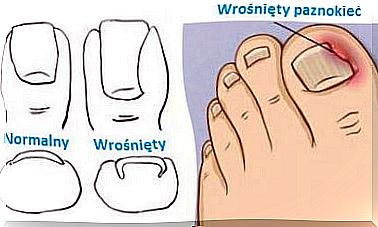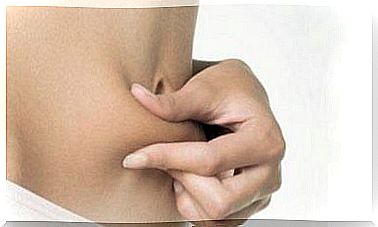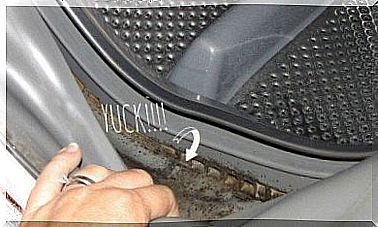Food Probe – What Is It And How Is It Changed
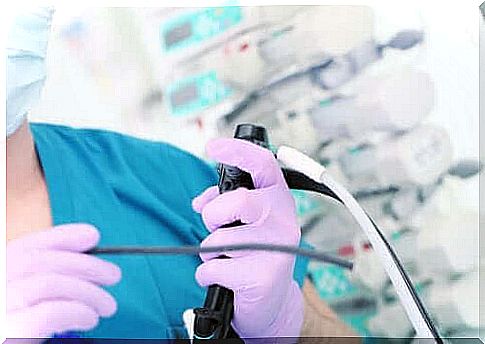
Percutaneous endoscopic gastrostomy ( PEG) is a surgical procedure in which a food probe is inserted into the patient’s stomach through the abdominal wall . It involves creating an artificial external opening in the stomach to nourish or decompress the stomach. This procedure is based on a non-invasive operation performed endoscopically.
Inserting a tube, which is a food probe into the stomach, allows for safe feeding of people who cannot properly perform the digestive and digestive functions due to health problems.
It is a procedure that is very often used for people with difficulty swallowing (typical for amyotrophic lateral sclerosis). These patients have difficulty swallowing bites (the spherical mixture of food and saliva that forms in the mouth when chewing). It is also a common procedure in stroke patients or who have some other form of neurological damage.
If we compare percutaneous endoscopic gastrostomy with a nasogastric tube (placed in the nose and leading to the stomach), PEG has more advantages. First, there is a significant reduction in the likelihood of possible complications.
In addition, the patient’s safety is increased by bypassing most of the parts of the digestive system in the section before the stomach. It also improves the mental well-being of the patient as PEG is much more discreet. This is especially important for young patients who are usually concerned about the aesthetic appearance of a nasogastric tube.
Food probe – how is it inserted?
Inserting the probe
As we mentioned before, the procedure is very simple:
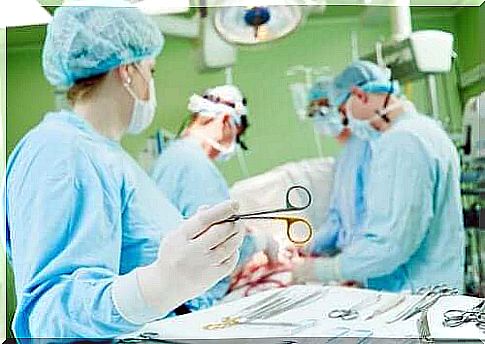
- First, the patient is given a sedative solution intravenously in the endoscopy room. The doctors then locate the appropriate area in the abdomen based on the results of the endoscopy and carefully disinfect it.
- Later, the area is locally anesthetized and an incision is made in the abdominal wall. This is a really small cut, about 1.25 cm long. Therefore, recovery is quick and the risk of side effects is low.
- Doctors then insert a catheter into the stomach using an endoscopic wire as a guide. It is a type of hollow needle capable of penetrating the stomach and reaching the inside of the organ.
- Finally, they remove the endoscope by drawing the wire to the patient’s mouth. At this point, they place the tube and then drag it all the way to the incision in the abdomen. To increase safety, manufacturers include an inflatable balloon that prevents the probe from moving. In this way it can be easily attached. The treatment ends with securing the probe outlet.
Food probe – when to replace it
The most common complication of this procedure is infection. It could be an infection from the probe opening in the abdominal wall or from the tube of the probe itself. In such cases, it becomes mandatory to remove the probe and start treatment with antibiotics to eliminate the infection. Otherwise, there is a risk of septic shock.
Food probe – how to replace it
- First, disinfect the area you will be working on. Then disconnect the feeding mechanism so that the probe is clean.

- Make sure the probe balloon is properly seated and functioning. To do this, introduce sterilized water into the valve to inflate it. If it swells properly and there are no leaks, then it is working.
- Carefully clean the area around the opening in the patient’s abdomen and make sure the probe-holding balloon is not inflated. As soon as the probe stops feeding, disconnect it. You can now remove it by pulling firmly with one hand and holding your belly with the other.
- Then insert a new probe through the same hole. Ideally, the tube should form a right angle to the abdomen to facilitate placement.
- Finally, inflate the balloon until the new probe is in place. Pull carefully until it rests against the stomach wall.
- Remember to disinfect thoroughly after completing the probe replacement process to prevent possible infections in the new probe.

